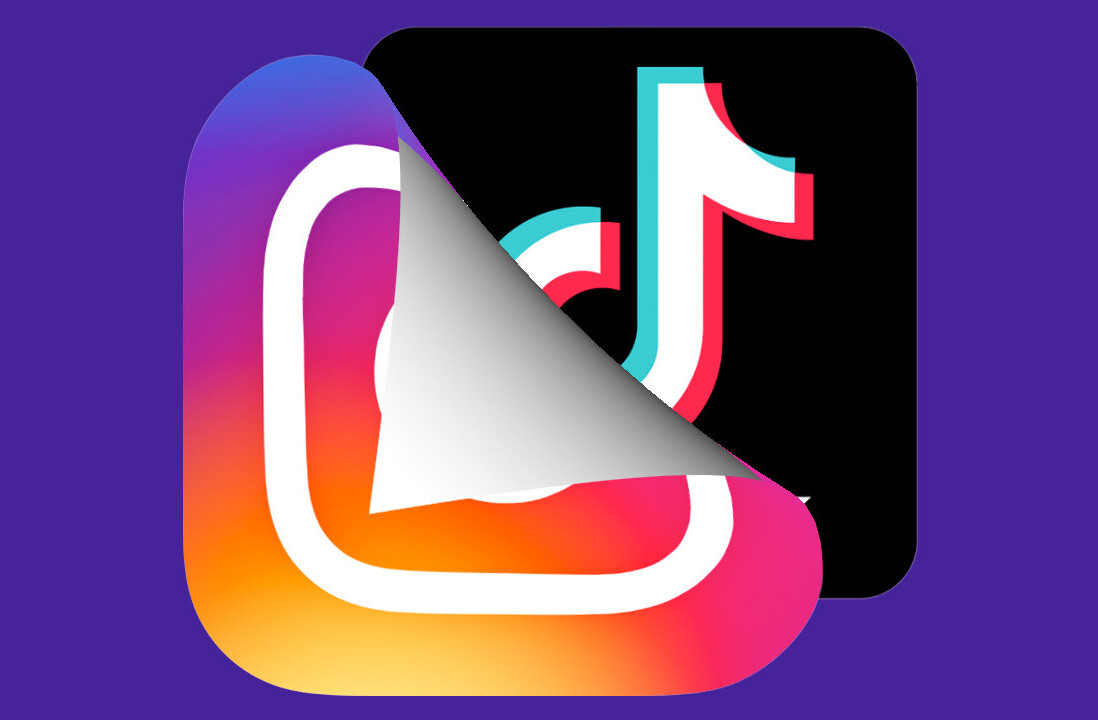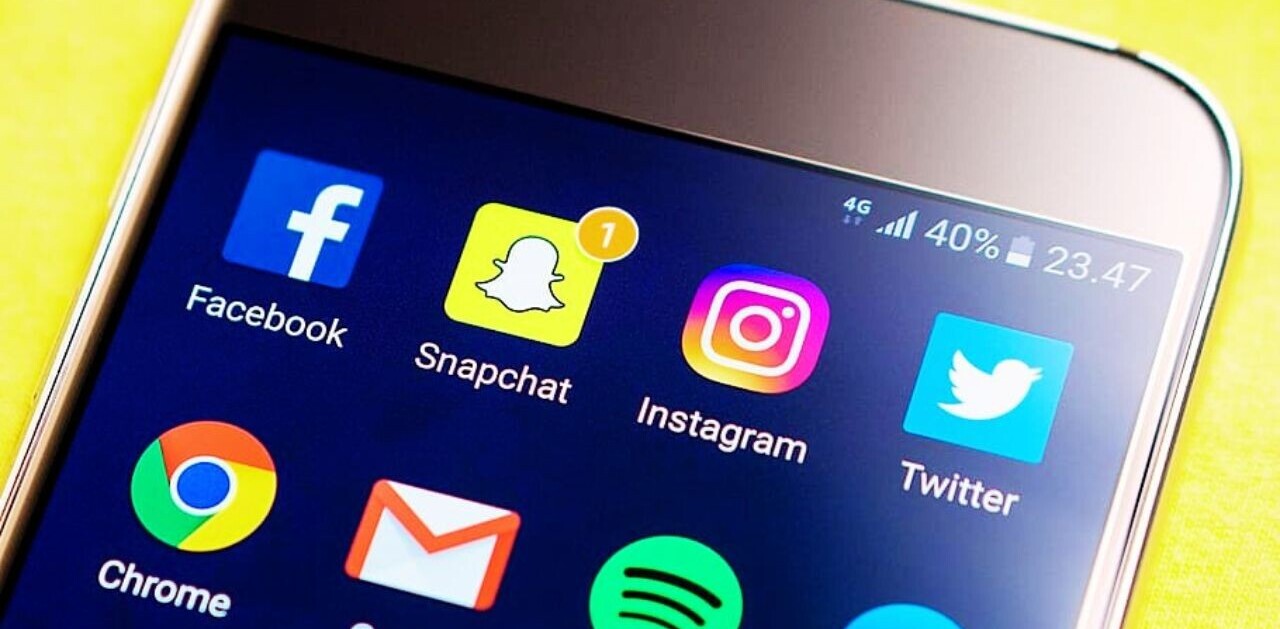
Instagram, the photo sharing service that even your mum has probably heard of, wasn’t always the billion dollar company that it is today, so let’s take a brief skip through the history of the company and how Facebook came to buy it for that princely sum.
The Instagram we know and love started life as a completely different project, designed to teach Kevin Systrom, one of the co-founders of what would later become Instagram, some coding skills.
At the time, Systrom was working (in marketing) for the former US Subway directions app Nextstop but embarked upon creating an app called Burbn that was to be an HTML5-based combination of Foursquare’s check-in service and online game Mafia Wars.
After working on the app in the evenings and at weekends, Systrom had a prototype to share among his friends. A few weeks later, he ran into seed-stage capital firms Baseline Ventures and Andreessen Horowitz at a party for Hunch, another Silicon Valley startup trying to personalize the internet one app at a time.
A quick demo of the prototype convinced the companies to meet more seriously to talk about Burbn and within two weeks of that meeting Systrom had raised $500,000 in funding and thrown in his job to see if he could make his app a reality.
Enter Mike Krieger.
Mike (or to use his proper name, Michel) Krieger, the other co-founder of Instagram, and Systrom weren’t friends per se but knew each other from the San Francisco tech scene and would exchange hints and tips when they saw each other.
With a solid idea and the money in place, Krieger got aboard the idea of trying to turn Burbn into a real business. A full native iOS version and feature-set later (check-ins, future check-ins, earning points for hanging out with friends, posting of pictures and a bunch more) and the founders decide Burbn actually had too much functionality and that it felt cluttered.
They decided to take the decision to start over, focusing instead on just one feature – the camera. It was a decision that would see it rocket to success in a little over two years.
According to Systrom, Krieger likes to say Instagram only took eight weeks to ship and build, but was a product of over a year of work.
When Instagram was released in 2010 it went from a handful of users (friends and early testers, mostly) to the number one free photography app in just a few hours. By December 2010, Instagram had more than one million users.
Over the course of the next two years the popularity of the service continued to grow and the Instagram team continued to add features, including hashtags, new filters, high resolution photo support and one click rotate, among others. In August 2011, the 150 millionth photo was uploaded to the service.
By the end of the next month, September 2011, it had more than 10 million users and had secured $7m in Series A funding in a deal that valued the company at around $25m.
Conceived as an iOS app, Instagram remained available only on Apple’s platform until April 2012 when the Android version was released. Shortly after, it was snapped up by Facebook for a cool $1bn in cash and stock, although the final amount was notably less following a drop in Facebook’s value on the NASDAQ.
The deal had been given the green-light by the relevant authorities by August 2012 and by December its new owners were already causing controversy.
Focusing on changes to its Terms of Service that would give Instagram the right to sell users’ photos to third parties without notification or compensation, the company quickly found itself on the receiving end of a consumer backlash, with some vowing not to use the service again.
Ultimately, it issued a statement retracting the controversial elements of the Terms of Service, but to some extent the damage to its reputation had already been done.
Today, while other services have seen increased popularity, Instagram remains the go-to photo app for iPhone and Android. Quite whether Facebook will get its money’s worth from its monster investment remains to be seen.
Get the TNW newsletter
Get the most important tech news in your inbox each week.






